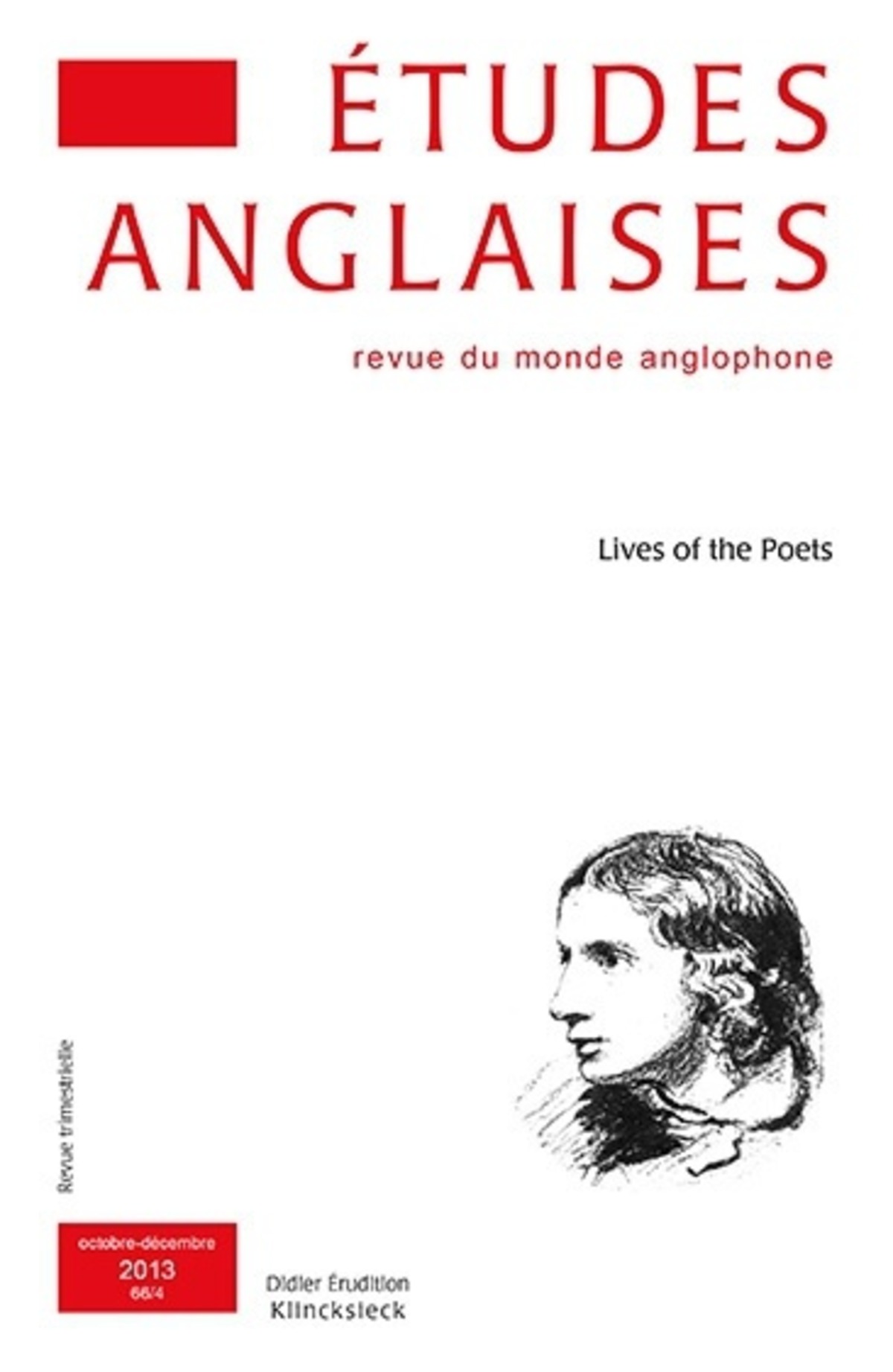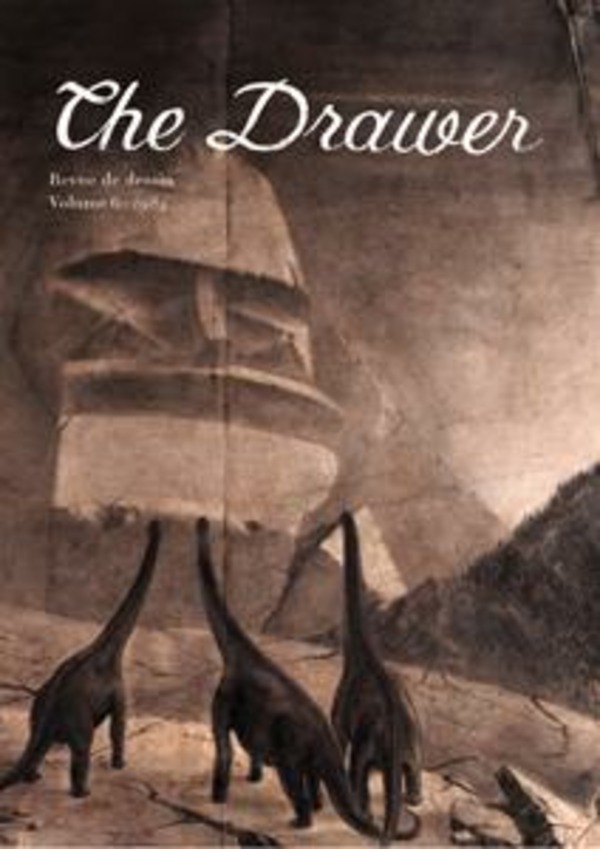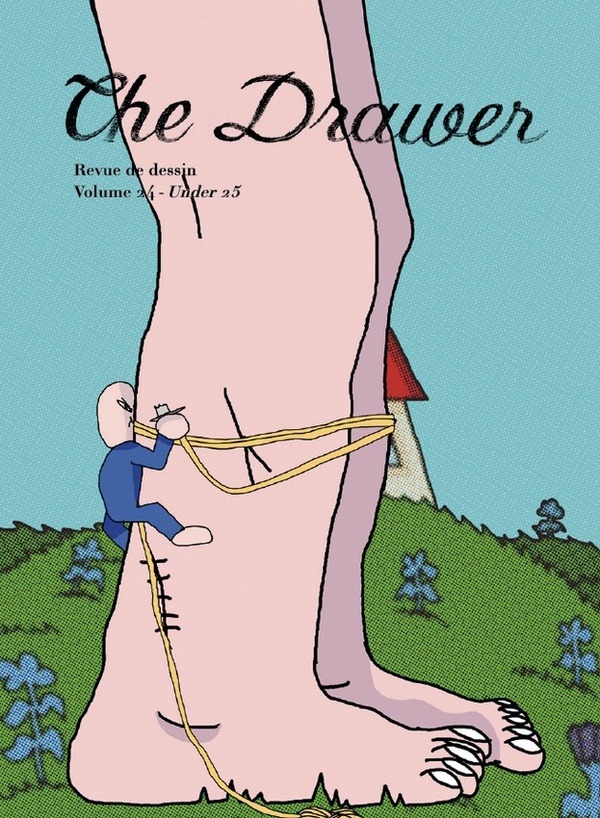Études anglaises - N°4/2013
Lives of the Poets

- 128 pages
- Livre broché
- 15 x 23 cm
- Études anglaises
- Parution : 08/01/2014
- CLIL : 3146
- EAN13 : 9782252038918
- Code distributeur : 45860
Présentation
Jeremy ELPRIN
"[T]he Life which was, as it were, already written": biographizing epistolary Keats
If John Keats suspected he would be “among the English Poets” after his death, could he have imagined the multitude of biographical afterlives which would emerge from, and remain enveloped in, his private correspondence? In examining the relationship between Keats the letter-writer and Keats the biographical subject, this paper reflects on the possibility that this notoriously “posthumous” Romantic poet might have anticipated the assimilation of his letters into a future biography, and investigates the ways in which he continues to have a warm and capable hand in the writing of his life.
Si John Keats s'imaginait « parmi les poètes anglais » après sa mort, aurait-il pu envisager le nombre de biographies auxquelles sa correspondance privée donnerait vie ? Cet article s'interroge sur le rapport entre Keats l'épistolaire et Keats le sujet biographique : tout d'abord, dans quelle mesure le poète aurait-il pu considérer qu'une éventuelle biographie soit fondée sur son corpus épistolaire ? On verra également comment, avec l'appropriation de ses lettres par ses biographes, ce poète notoirement « posthume » a toujours joué un rôle majeur, bien que déstabilisant, dans l'écriture de sa propre vie.
Laurent FOLLIOT
“Points have we all of us where all stand single”: Wordsworth's impersonal autobiography
Wordsworth's urge towards the egotistical sublime, as well as his occasional oversights, mean that The Prelude can be seen as a blueprint for the imaginative, transcendental narratives of the self that would culminate with Proust's theory of the author's “deeper I.” This paper aims at locating Wordsworth's singular achievement by contrasting it with other, contemporary modes of literary self-presentation, based in particular on the notion of character. Wordsworth's peculiar blend of assertiveness and reserve stems as much from his desire to transfigure the vagaries of personal experience into the exemplary 'growth of the poet's mind' as from an insight into the nameless or homeless character of the imagination.
La propension de Wordsworth au sublime égotiste, ainsi que sa tendance notoire aux omissions, font du Prélude le modèle des récits de soi imaginatifs ou transcendentaux qui trouvent leur point culminant dans la théorie proustienne du moi profond. On s'efforcera ici de cerner la singularité de l'entreprise wordsworthienne en la comparant à d'autres modalités contemporaines de la présentation littéraire de soi, axées notamment sur la notion de caractère. Le mélange d'assurance et de réserve qui distingue Wordsworth procède non seulement de son aspiration à l'exemplarité prophétique, mais aussi d'une imagination poétique hantée par la négation du nom et du lieu propres.
Stéphanie NOIRARD
Iain Crichton Smith's A Life: the poeisis of a self in “differance”
After giving an overview of the main theories on autobiography and focusing on the debates around the issue of the biographical in poetry, this article offers both a chronological and synchronic reading of A Life, by Scottish poet Iain Crichton Smith (1928-1998). It first aims to analyse to what extent the collection may be looked upon as an autobiography before differentiating the life of the man from that of the poet and studying the actual part each plays in the work in order to then consider the collection as the history of a poetic writing. To do so, it relies on Derrida's theories of differance (difference/deference) and limit, showing that autobiography has a kaleidoscopic nature, made all the easier by the poetic act.
Après un rappel théorique visant à mettre en valeur les principales études liées à l'autobiographie et aux débats sur l'autobiographique en poésie, cet article se consacre à une lecture chronologique et synchronique de A Life du poète écossais Iain Crichton Smith (1928-1998). Dans un premier temps, il prend la mesure du biographique pour différencier ensuite la vie de l'homme de celle du poète et en apprécier la part prise au sein des poèmes avant de considérer le recueil comme l'histoire d'une écriture poétique. Il s'appuie sur les théories derridiennes de différance et de limite pour conclure à un biographique en caléidoscope facilité par le geste poétique.
Neil ROBERTS
What is literary biography for? Reflections of a biographer and critic
This essay reflects on the function of literary biography by comparing the author's own critical study of the poet Peter Redgrove, written without biographical research, with his later biography of the poet. It addresses the conundrum, that biographical knowledge cannot be necessary to the understanding of poetry, and may even compromise it, yet is unavoidable. It proposes two justifications for biography: first, to challenge the often self-serving metatext that the poet himself constructs; and second, to promote an understanding of what it takes, and costs, to create literary works.
Cet article s'interroge sur la fonction de la biographie littéraire en comparant une étude critique de Peter Redgrove (Roberts 1994), écrite en l'absence de toute recherche biographique, et une biographie du poète (Roberts 2012). Le paradoxe est que la connaissance biographique n'est pas nécessaire à la compréhension de la poésie, et peut-être même qu'elle la compromet, alors qu'elle est pourtant indispensable. Cet essai propose deux justifications de la biographie : d'une part elle secoue le joug du métatexte souvent auto-apologétique construit par le poète lui-même, de l'autre elle aide à comprendre les conditions, difficiles, nécessaires à la création des œuvres littéraires.
Carle BONAFOUS-MURAT
Autobiography or case study? Rethinking Ciaran Carson's poetry in the light of hypermnesia
Recent criticism of Ciaran Carson's work tends to emphasize the cultural, geopolitical and historical determinants of his “poetry of place.” Models such as the aisling (or vision poem) or the dinnseanchas (the lore of place) have thus been adduced as evidence of its anchorage in a specifically Irish or Northern Irish tradition. Focusing on the issue of autobiography in three successive collections—Belfast Confetti (1989), The Star Factory (1997) and The Pen Friend (2009)—this essay purports instead to situate Carson's poetry in a broader context, by showing how it continually negotiates between two prototypical representations of the self—the rural, nondescript space of Wordsworth's Prelude and the urban-specific space of post-World-War-II English poetry. Its aim is to demonstrate that Carson's works, like so many medical case studies about hypermnesia, grow almost organically out of a limited network of Belfast networks of streets and districts, which recur obsessively from one collection to the next so as to create a continuity akin to a poetics of the self.
Les recherches les plus récentes concernant l'œuvre de Ciaran Carson visent à mettre en lumière les déterminations culturelles, géopolitiques et historiques de sa « poétique des lieux ». Des modèles tels que l'aisling ou le dinnseanchas ont ainsi été proposés pour justifier son ancrage dans une tradition spécifiquement irlandaise ou nord-irlandaise. S'appuyant sur trois recueils successifs — Belfast Confetti (1989), The Star Factory (1997) et The Pen Friend (2009) — cet article entend au contraire situer la question de l'autobiographie dans un contexte plus large. La poésie de Carson navigue en effet constamment dans un entre-deux spatial qui plonge aussi bien ses racines dans le modèle wordsworthien du Prelude, où l'espace rural ne présente guère de traits distinctifs, que dans la poésie anglaise urbaine postérieure à 1945, qui inscrit les figurations du moi dans des lieux aux coordonnées précises. L'objectif est de démontrer que les recueils de Carson, comme autant d'études de cas médicaux sur l'hypermnésie, procèdent d'un réseau limité de rues et de quartiers que les textes ressassent de manière obsessionnelle, jusqu'à créer une impression de continuité qui s'apparente à une poésie de type autobiographique.
Cyril VETTORATO
Transubstantiating the intimate: the role of autobiographical elements in the poetry of Kamau Brathwaite
Critics have duly noted the progressive gain of significance of autobiographical elements in the works of Kamau Brathwaite, from his first trilogy published in the late 1960s to his more recent works. But the interpretation of this dynamics has been rendered uneasy by the preponderance of historical and political readings of his poetry, which is indeed deeply connected to his work as a cultural historian of the postcolonial Caribbean. The autobiographical elements in his poems, however, are much more than the dispensable relics of a self-absorbed lyricism. The autobiographical is conceived less as a poetic material for its own sake than as an alchemical material aimed at opening new collective horizons for the Caribbean.
La critique a noté à juste titre la prise d'importance progressive du registre autobiographique dans l'œuvre de Kamau Brathwaite, entre sa première trilogie publiée à la fin des années 1960 et ses textes plus récents. Mais l'interprétation de cette dynamique a été rendue délicate par la prépondérance des lectures historiques et politiques de sa poésie, laquelle ne manque pas, de fait, de correspondances avec ses travaux d'historien de la culture de la Caraïbe postcoloniale. Les éléments autobiographiques présents ne peuvent pas pour autant être réduits à de simples résidus d'un lyrisme autocentré. Le registre autobiographique est moins une fin en soi qu'un matériau alchimique destiné à ouvrir de nouveaux horizons collectifs pour la Caraïbe.
Marc PORÉE
Poets' lives in motion (pictures)
Three propositions underpin this paper. Proposition number 1: that a writer's life of any worth, a poet's life most particularly, is a “continual allegory” (Keats, Levinson): the pressure towards a Gestalt, a significant form, proves too compelling to be resisted. Proposition number 2: a poet's biography generally mimes the central trope at work within the realm of poetry, namely that it is predicated along the lines of likeness and ressemblance. Partly out of homage, therefore, and partly out of an in-built necessity, biographies of poets seek to answer the question formulated by Michel Deguy: “à quoi ça ressemble?” (Deguy 42). Proposition number 3: the biographic impulse is ethics-driven (Regard) for the reader, the viewer, as well as for the biographer and the film-director. A poem by Mallarmé, “Salut,” dealing with the “white concern of the cloth” will be brought to bear on three fairly recent biopics, Sylvia, Bright Star, and Howl.
Trois propositions sous-tendent cet article. Proposition numéro 1 : une vie d'écrivain de quelque valeur, de poète tout particulièrement, est une « allégorie continuelle » (Keats, Levinson) : la tentation d'en faire une forme signifiante s'avère irrésistible. Proposition numéro 2 : une biographie de poète s'arrange généralement pour mimer ce qui fait le trope central de la poésie, à savoir la comparaison et la ressemblance. En partie par hommage, et en partie en raison d'une nécessité intérieure, les biographies de poètes s'efforcent de répondre à la question théorisée par Michel Deguy : « à quoi ça ressemble ? » (Deguy). Proposition numéro 3 : le désir biographique est de nature éthique (Regard), pour le lecteur, le spectateur, le biographe et le metteur en scène. Un poème de Mallarmé, « Salut », évoquant « Le blanc souci de notre toile » se verra rapporté à trois biopics relativement récents, Sylvia, Bright Star, Howl.
Biographies Contributeurs
Alexis Tadié
Professeur d'anglais à l'Université Paris 7-Denis Diderot (en 2003) ; Directeur de la Maison française d'Oxford et Fellow de St-Catherine's College à Oxford (en 2005)




